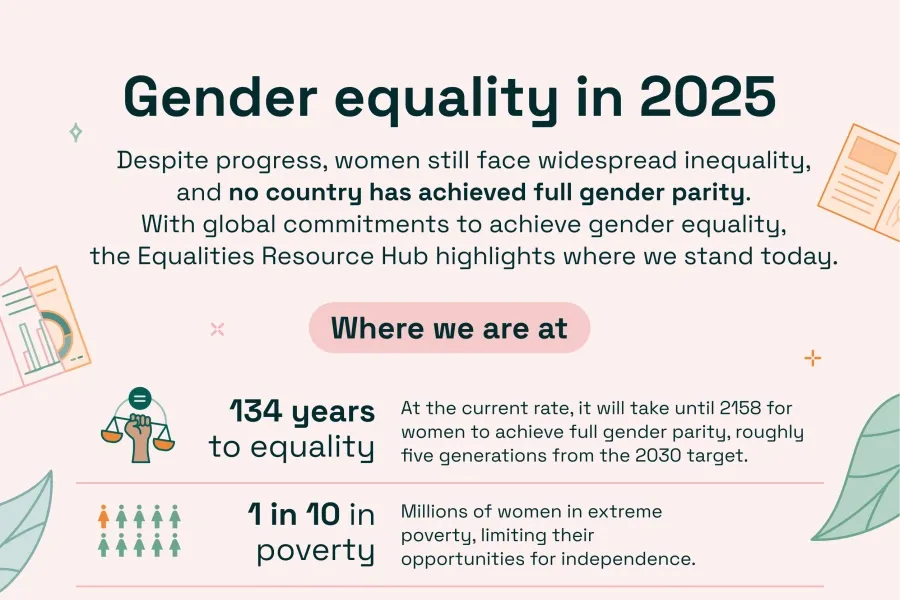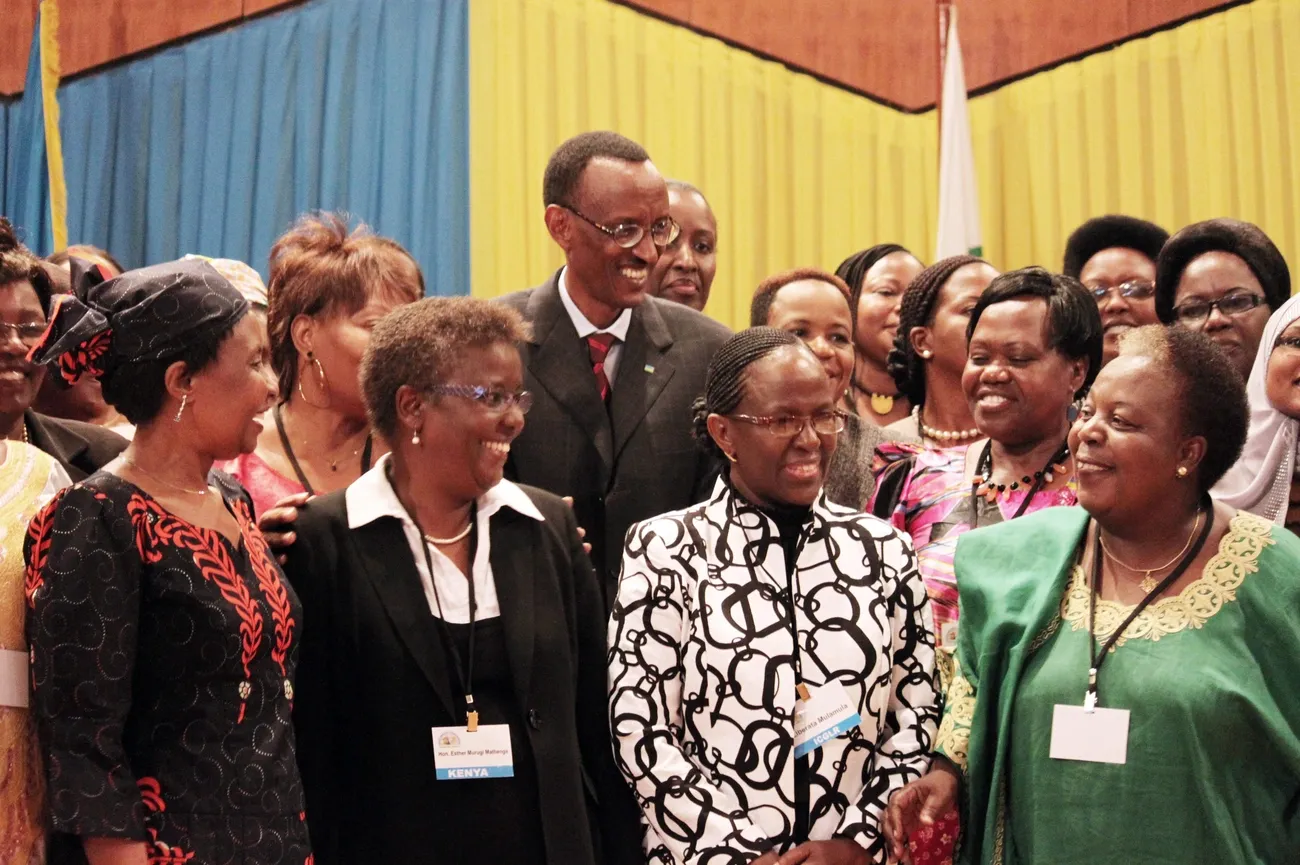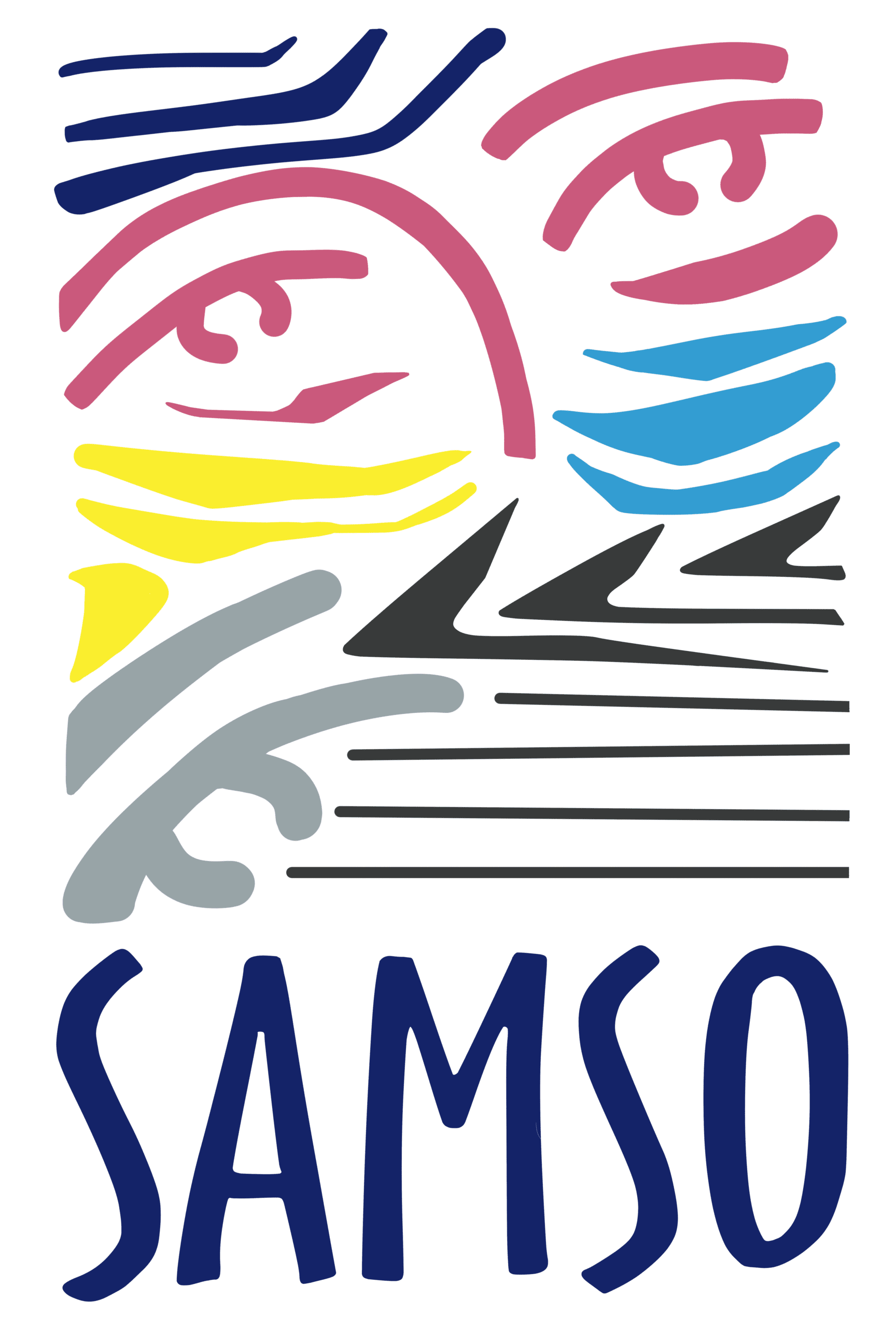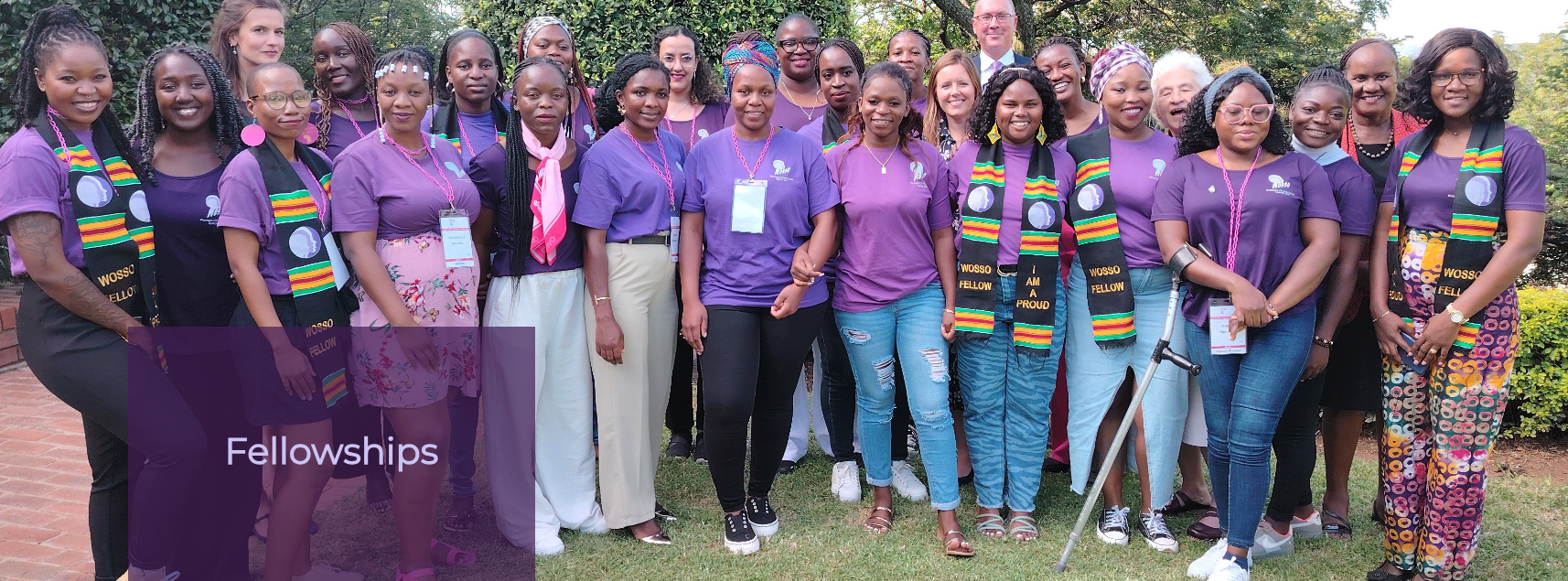Women still fight for their rightful place through political participation in decision-making bodies worldwide. Their representation remains substantially unbalanced in 2025. The gender gap in representation shows alarming disparities in parliaments, local governments, and international forums, despite decades of advocacy.
Political participation has grown beyond just casting votes. Women’s role in politics now covers everything from grassroots activism to holding the highest offices. Organisations like WOSSO (Women of the South Speak Out) have shown that women’s political involvement in Africa creates real change with proper support and the right chances.
The need for civic and political participation stands clearer than ever. Our world faces complex challenges – from climate crises to economic instability. These issues need inclusive leadership and different points of view to solve them. Patriarchal systems, money barriers, and violence against women candidates still block progress.
This piece will get into the current state of affairs and successful ways women participate in politics. We’ll showcase ways to promote democratic participation. The stories we’ll share prove that women’s leadership can make governance better for everyone.
The current state of women’s political participation in 2025

Image Source: Equalities Resource Hub
Women don’t have enough representation in political institutions around the world today. Men outnumber women by more than three times in executive and legislative positions globally [1]. The number of women in parliaments has grown by just 0.3 percentage points to 27.2% compared to 2024 [1]. The situation looks even worse for government positions, where numbers have dropped by 0.4 percentage points [1].
Global and African statistics at a glance
The numbers tell a worrying story across different regions. Women lead as Heads of State and/or Government in just 25 countries worldwide [2]. Europe leads with 12 women-led countries [1]. Only nine countries have achieved gender-equal cabinets where 50% or more women hold cabinet positions [1]. This number has fallen from 15 countries in 2024 [1].
The differences between regions stand out clearly. Latin America and the Caribbean have 36% women in parliamentary seats. The Middle East and North Africa lag behind with women holding just 16.7% of parliamentary seats [1]. Africa’s numbers show that women make up only a quarter of all parliamentarians as of 2024 – 26% in lower houses and 21% in upper houses [3]. In spite of that, Rwanda leads the world with women holding 64% of parliamentary seats [4].
Europe and North America (31.4%) and Latin America and the Caribbean (30.4%) have the most women Cabinet Ministers [1]. Other regions fall substantially behind, with women holding just 10.2% of positions in Pacific Islands and 9% in Central and Southern Asia [1].
Progress since 1995 and the Beijing Platform for Action
The Beijing Declaration and Platform for Action from 1995 stands as the most progressive blueprint to advance women’s rights [5]. Since then, we’ve seen progress, but it’s been slow. Women’s representation in national parliaments has grown from 11% in 1995 to 27.2% in 2025 [1]. Local deliberative bodies now have more than 3 million women (35.5%) serving as elected members across 145 countries [4].
These improvements look promising, but real change takes time. At this pace, we won’t see gender parity in national legislative bodies until 2063 [4]. Getting equal numbers in the highest positions of power might take another 130 years [4]. The Beijing Declaration turns 30 in 2025, reminding us that we haven’t met key targets, like having 30% women in decision-making positions – a goal set for 1995 [6].
Why civic and political participation is important
Women’s influence in politics goes far beyond just numbers. Research shows that women politicians help reshape political priorities. They bring new items to political agendas that address women’s specific concerns [6]. Countries with more women in power pass more laws about sexual harassment, rape, divorce, and domestic violence [7].
Women leaders bring other benefits to society too. They help reduce inequality, encourage cooperation across party and ethnic lines, and focus more on social issues like health, education, and pensions [8]. India offers a great example – researchers found that drinking water projects in areas with women-led councils were 62% higher than in men-led councils [4].
These changes affect future generations too. Studies from India showed that having more women village leaders helped close the “aspiration gap” between girls and boys by nearly 25 percentage points. This change erased or reversed gender gaps in educational outcomes [8].
Women’s equal participation in political and public life means more than just fair representation. It’s crucial to reaching the Sustainable Development Goals by 2030 [4], especially SDG 5 target 5.5, which aims to ensure women have full participation and equal opportunities to lead at all levels of decision-making [7].
How electoral systems and laws shape women’s access to power
Electoral systems control access to political power and shape how women enter and stay in politics. Each system creates different chances for women to participate, and some work better than others to promote gender equality.
Proportional representation vs. majoritarian systems
Electoral data shows that proportional representation (PR) systems help elect more women compared to majoritarian or plurality systems like First-Past-the-Post. In 2022, countries with PR or mixed electoral systems elected 29% women to their parliaments. Countries with majority or plurality systems elected only 22.4% [9]. This trend appears worldwide. Among countries with at least 30% women parliamentarians, not one uses purely majoritarian systems [10].
PR systems work better because they have multi-member constituencies. Parties can present diverse candidate lists. They find it easier and beneficial to include women because voters might reject an all-male list [10]. PR systems also make it easier to implement gender quotas. Nearly three-quarters of countries using PR systems have some type of quota [9].
Majoritarian systems focus on one candidate per constituency. This makes parties hesitant to replace their established male candidates. Richard Matland and Donley Studlar point out that parties may “ignore external challenges” to avoid “creating internal strife and antagonising powerful intraparty interests” [9].
Temporary special measures and quotas
Quotas mark a big shift in policy. They set clear targets and methods for including women. These measures put the responsibility on those who control selection rather than individual women [11]. There are three main types:
- Aspirational quotas – Voluntary party quotas used in countries like Germany and the UK
- Candidate quotas – Constitutional or legislative requirements for gender-balanced ballots
- Reserved seats – Constitutional or legislative guarantees of seats for women
A study of 167 countries (1992-2012) found candidate quotas work best with three elements: placement mandates for winnable positions, penalties for non-compliance, and minimum thresholds of 30% [1]. This explains why chambers with quotas saw women’s representation grow by 2.9 percentage points in 2022, while those without quotas grew by 1.7 points [12].
The role of election management bodies
Election management bodies (EMBs) play a key role in women’s participation throughout electoral cycles. Yet only 22% of EMBs have women chairs. The numbers are even lower in Asia (10%), Oceania (11%), and Africa (19%) [13].
EMBs can support gender equality in two ways. They can ensure women participate in decision-making roles and collect sex-specific data. They can also create inclusive voter education, make registration easy, and provide secure polling stations [14].
Women leaders in EMBs face unique challenges, especially online harassment. A former EMB president shared her experience: “I was targeted directly as the only woman on the leadership of the commission. The pressure was so high that I considered resigning” [13].
Good electoral systems combined with well-designed temporary measures provide the best path to gender parity in political representation. However, achieving this requires tackling deeper structural barriers beyond the electoral system.
The role of political parties and media in shaping outcomes

Image Source: The Journalist’s Resource
Political parties and media powerfully shape how women access political power and influence. These organisations create opportunities but also put up barriers that determine who makes it into political decision-making roles.
Party leadership and candidate selection
Political parties act as gatekeepers to political power by controlling nominations and elections. The dominant masculine model within parties creates major obstacles that keep women from entering politics [15]. Male party leaders largely control candidate selection behind closed doors and often create unfair policies that limit women candidates [16].
Studies show these selection procedures favour masculine traits and require long “political apprenticeships” that work against women with families [15]. Research indicates that left-wing parties support positive measures like quotas to boost women’s representation. Right-wing parties tend to avoid interfering with recruitment [15].
The biggest problem exists on two fronts. Women have fewer resources and networks, while party gatekeepers judge women’s qualifications differently [17]. Real change will happen only when political parties create opportunities for women and update their selection criteria.
Media portrayal and online harassment
Media coverage puts women politicians at a disadvantage through biassed and sexist treatment [18]. Stories about women politicians focus on their looks, clothes, and personal lives instead of their policies and achievements [19]. This kind of coverage reinforces the stereotype that women cannot lead effectively [19].
Media commentators kept telling Hillary Clinton to “smile” during the 2016 US presidential election. Elizabeth Warren faced questions about being “likeable” right after announcing her 2018 candidacy [20]. Women leaders just need to be highly qualified and likeable – a standard that men rarely face [20].
Online harassment poses an even bigger threat. Women in politics face targeted attacks that discourage them from running or force them to stay offline [21]. This abuse isn’t random hatred – illiberal groups use it strategically to silence women’s voices [21].
Gender and governance in party manifestos
Many parties include gender equality in their documents, but their actions don’t match their words [17]. A study of political parties across 33 African countries showed they lack the will to exceed empty rhetoric about gender equality [17].
Party manifestos reveal true commitment to gender issues. South African parties’ manifestos show this gap clearly. They envision women only as crime victims or “vulnerable groups” rather than key players in national development [2]. The ANC includes gender-responsive budget commitments, but rarely follows through [2].
Strong representation of everyone’s interests is vital for political parties to stay legitimate and effective [22]. Parties that ignore women’s views end up weakening democratic institutions [23].
Barriers women still face in political participation
Women still face strong barriers to political participation in 2025, despite small improvements in representation. These problems run deeper than just laws – they’re woven into societies worldwide.
Patriarchy and cultural norms
Patriarchal systems hold women back in politics by pushing them toward domestic roles. Traditional values define a “good woman” through religious devotion, sexual purity, and staying at home [3]. Most government buildings and parliaments lack the basic infrastructure women need [3]. This makes it hard for women to juggle their work and family responsibilities.
People’s attitudes tell the same story—nearly half the world’s population thinks men make better political leaders than women [24]. Male dominance has shaped a political system that men control, identify with, and centre around themselves [3]. These widespread beliefs hurt women’s confidence and their chances of political success.
Economic inequality and campaign financing
Money problems lie at the heart of political inequality. Women have less access to financial resources than men, which puts them behind from the start [25]. This becomes a big issue in countries where even basic candidate fees keep women from running for office [4].
Men also benefit from better business and professional networks that provide vital campaign funding [7]. To name just one example, see Tanzania, where women candidates must pay for their own transportation and campaign materials—costs many can’t afford [7]. Money shortages remain one of the biggest roadblocks to winning elections [3].
Violence against women in politics
Gender-based political violence targets women specifically and tries to push them out of politics completely [8]. In South Asia, over 60% of women stay away from politics because they fear violence, and almost 90% say violence breaks their political spirit [26].
Women in politics face many types of attacks—physical, sexual, psychological, economic, and symbolic [8]. Psychological abuse tops the list, with sexual and economic violence following close behind [4]. Online harassment has become a serious problem, with 58.2% of women parliamentarians getting sexist attacks online [8]. Most attackers are men from the same political party [8].
This violence serves a clear purpose—it helps men keep their power and privilege [8]. The fear it creates stops both current and future generations of women from seeking political office [8].
What’s working: Case studies and success stories

Image Source: NPR
Women in politics face global challenges, but several models and movements have created paths to meaningful participation. Success stories show how structural changes and grassroots activism can change political landscapes.
Rwanda’s leadership model
Rwanda leads the world in women’s parliamentary representation with 61% women in its Chamber of Deputies. This achievement comes from constitutional quotas established after the 1994 genocide left women as 70% of survivors. Rwanda’s success builds on strong political will, reformed constitution, and strict quota enforcement.
The increased representation of women has led to concrete policy results. Studies show that Rwanda’s women in parliament have pushed through progressive laws on inheritance rights, gender-based violence, and reproductive health. Their presence has also made governance more collaborative.
Grassroots movements like WOSSO
Women of the South Speak Out (WOSSO) shows how grassroots movements can spark political change. WOSSO works in southern African nations to give rural women the ability to participate through political education and leadership training. They build capacity starting from village councils.
WOSSO works well because it links economic strength with political participation. They set up microfinance programmes next to civic education to tackle multiple barriers at once. Their “Women’s Parliament” forums give women spaces to practise democratic participation before they enter formal politics.
Women-led climate action and governance
Women’s leadership in climate governance opens new doors for political participation. Research shows that countries with more women in parliament pass stricter climate policies. Iceland serves as a prime example, where environmental policy reforms happened under female leaders.
Indigenous women have made significant strides in linking political representation with environmental protection. Women who lead indigenous movements in Bolivia and Ecuador have secured both constitutional environmental rights and increased political representation.
These success stories share key elements that boost women’s political progress: clear legal targets, grassroots movements that develop leaders, and organising around issues that connect governance with real results. Such approaches prove that women’s participation makes democracy stronger and policies more effective.
Conclusion
Women’s political participation remains a crucial yet incomplete experience in 2025. We have a long way to go, but we can build on this progress since the 1995 Beijing Declaration. Women make up just 27.2% of parliamentarians worldwide. Current projections show gender parity is more than 130 years away. This gap exists not because women lack ability but because of deep-rooted barriers in our political structures.
Electoral systems without doubt play a crucial role in either helping or blocking women’s path to power. Systems with proportional representation elect more women than majoritarian ones. Well-designed quotas speed up progress when they include placement mandates and strict enforcement. Political parties act as key gatekeepers. They must change their candidate selection processes that put women at a disadvantage through masculine models and unfair criteria.
Old patriarchal norms, economic gaps, and gender-based violence create tough barriers. Almost half the world’s population believes men are better political leaders. These cultural attitudes make institutional barriers even stronger. Women also face money problems and organised violence meant to keep them away from politics.
Notwithstanding that, there’s hope. Rwanda’s success story, movements like WOSSO, and women leading climate governance show powerful examples of change. These cases prove that when women participate meaningfully in politics, both democratic processes and policy outcomes improve.
Moving forward needs action on multiple fronts. Countries should reform their electoral systems, put in effective quotas, and enforce laws against violence. Political parties need transparent selection procedures and internal democracy. Media groups should look at how they cover politics and work to curb gender stereotypes.
Women’s political participation means more than just numbers—it represents democracy’s core values. Today’s complex challenges—climate change, unstable economies, social gaps—just need different viewpoints and inclusive leadership. Equal participation of women in political decisions isn’t a favour but a must for good governance and eco-friendly development.
Should we wait another hundred years for gender equality, or take bold steps now? The evidence shows that societies thrive under women’s leadership. Making women’s political participation a top priority is crucial for anyone who wants to build truly representative democracies that can tackle our biggest global challenges.
FAQs
Q1. Why is women’s political participation important in 2025?
Women’s political participation is crucial in 2025 because it leads to more inclusive decision-making, addresses gender-specific concerns, and contributes to better societal outcomes. Research shows that countries with higher female representation are more likely to pass laws addressing issues like sexual harassment, domestic violence, and social welfare.
Q2. What are the main barriers to women’s political participation?
The main barriers include patriarchal cultural norms, economic inequality, and violence against women in politics. Many societies still believe men make better political leaders, women often lack financial resources for campaigns, and female politicians face disproportionate harassment and threats, both online and offline.
Q3. How do electoral systems affect women’s representation in politics?
Electoral systems significantly impact women’s representation. Proportional representation systems tend to elect more women than majoritarian systems. Countries with PR or mixed electoral systems elected 29% women to their parliaments in 2022, compared to only 22.4% in countries with majority or plurality systems.
Q4. What role do political parties play in women’s political participation?
Political parties are crucial gatekeepers to political power. They control candidate selection processes, which often favour male characteristics and require lengthy “political apprenticeships” that can disadvantage women. Parties that implement gender quotas and reform their selection criteria can significantly increase women’s political representation.
Q5. Are there any success stories of increased women’s political participation?
Yes, Rwanda is a notable success story, with women holding 61% of seats in its Chamber of Deputies. This achievement stems from constitutional quotas and strong political will. Additionally, grassroots movements like Women of the South Speak Out (WOSSO) in southern Africa have been effective in empowering rural women through political education and leadership training.
See also: https://samso.africa/2025/06/18/shocking-21-womens-voice-in-southern-african-media-sparks-change/
References
[1] – https://hir.harvard.edu/equal-representation-the-debate-over-gender-quotas-part-1/
[2] – https://www.dailymaverick.co.za/article/2021-10-14-south-africas-political-parties-do-little-to-manifest-gender-equality-in-their-2021-manifestos/
[3] – https://hrmars.com/papers_submitted/7058/The_Impact_of_Patriarchy_on_Women’s_Political_Participation.pdf
[4] – https://www.unwomen.org/en/news-stories/explainer/2024/09/five-actions-to-boost-womens-political-participation
[5] – https://www.unwomen.org/en/digital-library/publications/2015/01/beijing-declaration
[6] – https://www.un.org/womenwatch/daw/beijing/platform/decision.htm
[7] – https://www.idea.int/sites/default/files/speeches/Gender-Equality-in-Political-Party-Funding.pdf
[8] – https://www.osce.org/files/f/documents/e/7/530272_1.pdf
[9] – https://electoral-reform.org.uk/proportional-representation-helped-women-get-elected-in-2022/
[10] – https://www.europarl.europa.eu/workingpapers/femm/w10/2_en.htm
[11] – https://www.idea.int/data-tools/data/gender-quotas-database/quotas
[12] – https://electoral-reform.org.uk/latest-news-and-research/publications/pursuing-parity-examining-gender-quotas-across-electoral-systems/
[13] – https://www.idea.int/news/few-women-top-electoral-management-bodies-worldwide
[14] – https://www.undp.org/publications/inclusive-electoral-processes-guide-electoral-management-bodies-promoting-gender-equality-and-womens-participation
[15] – https://www.europarl.europa.eu/workingpapers/femm/w10/3_en.htm
[16] – https://www.idea.int/news/breaking-bias-candidate-selection-african-political-parties
[17] – https://www.unwomen.org/sites/default/files/Headquarters/Attachments/Sections/CSW/65/EGM/IDEA_Observer Paper_Political Parties_EGMCSW65.pdf
[18] – https://www.idea.int/news/women-politics-and-media
[19] – https://diplomatist.com/2025/03/10/the-role-of-media-in-shaping-perceptions-about-women-leaders/
[20] – https://journalistsresource.org/media/gender-bias-news-politics/
[21] – https://carnegieendowment.org/research/2020/11/tackling-online-abuse-and-disinformation-targeting-women-in-politics?lang=en
[22] – https://www.idea.int/publications/catalogue/framework-developing-gender-policies-political-parties
[23] – https://www.idea.int/sites/default/files/publications/the-role-of-political-parties-on-womens-participation-and-representaion-en.pdf
[24] – https://www.undp.org/blog/we-must-dismantle-barriers-womens-political-participation-heres-why
[25] – https://www.weforum.org/stories/2025/03/financial-barriers-are-limiting-women-in-politics/
[26] – https://www.unwomen.org/en/digital-library/publications/2014/6/violence-against-women-in-politics


Leave a Reply to Shocking 21% Women's Voice in Southern African Media Sparks Change – SAMSO – Southern Africa Media Services OrganisationCancel reply